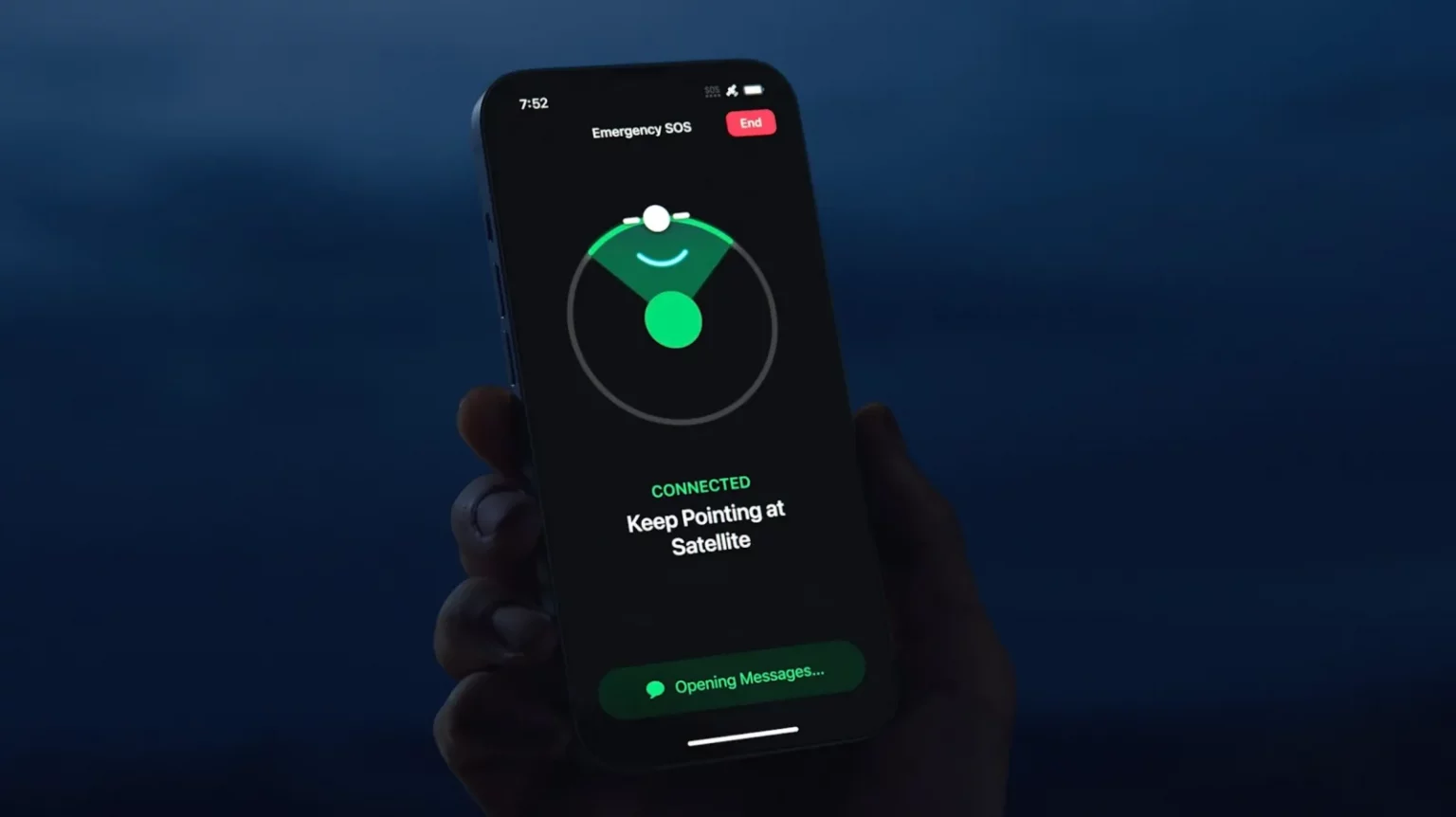- Apple announced that it will invest $1.5 billion in the satellite operator Globalstar to enhance the emergency SOS and messaging capabilities of iPhones when cellular network coverage is unavailable.
- This investment includes $400 million to purchase 400,000 Class B shares of Globalstar, giving Apple a 20% stake in the company.
What happened
Apple revealed plans to invest $1.5 billion in satellite operator Globalstar to improve the emergency SOS and messaging features of iPhones in areas without cellular network coverage. This investment includes $400 million to purchase 400,000 Class B shares of Globalstar, giving Apple a 20% stake in the company, as well as an additional $1.1 billion committed to the construction of new satellites.
Since 2022, Globalstar has provided emergency connectivity services for Apple’s iPhone 14, 15, and 16 models. Under the new agreement, Globalstar will allocate 85% of its network capacity to Apple to support its services in remote areas. Apple’s investment also includes $232 million to reduce Globalstar’s debt, with the remaining funds set aside to finance satellite expansion and upgrade Globalstar’s infrastructure. The two companies will collaborate to modernise thousands of existing LTE sites, enhance energy efficiency, and deploy Nokia’s carrier aggregation technology to increase data rates.
Globalstar currently operates 31 L-band satellites and has 26 more in production, planning to launch 17 new satellites by 2025. The Canadian satellite manufacturer MDA is building these satellites, with an option to build 9 more, and they are expected to be launched by SpaceX. Apple’s funding could also support the construction of an additional 40 to 80 satellites, depending on technical complexity. This collaboration will enable Globalstar to provide excellent connectivity for both urban and rural areas, ensuring that all customers benefit from the 5G era.
Also read: Satellite SOS features might be appearing on Google Pixel phones
Also read: What is satellite technology?
Why it is important
Through this investment, Apple can enhance the emergency SOS and messaging capabilities of the iPhone when cellular network coverage is unavailable. This is crucial for ensuring the safety of users in remote areas or emergency situations. With the acceleration of the commercialisation of low-orbit satellites, smartphone manufacturers are increasingly introducing emergency contact services that rely on satellite internet. Apple’s investment not only represents a significant move in the field of satellite communications but also promotes the development of the entire satellite communication industry.
Compared to terrestrial mobile communication networks, satellite communication can provide seamless communication services to global users, particularly in remote areas, on aeroplanes, or on ocean-going vessels where terrestrial 5G networks cannot reach. Satellites can offer continuous and uninterrupted network connections for IoT devices as well as users of mobile carriers such as aeroplanes, ships, trains, and cars, significantly enhancing the service capabilities of 5G systems in these contexts.

